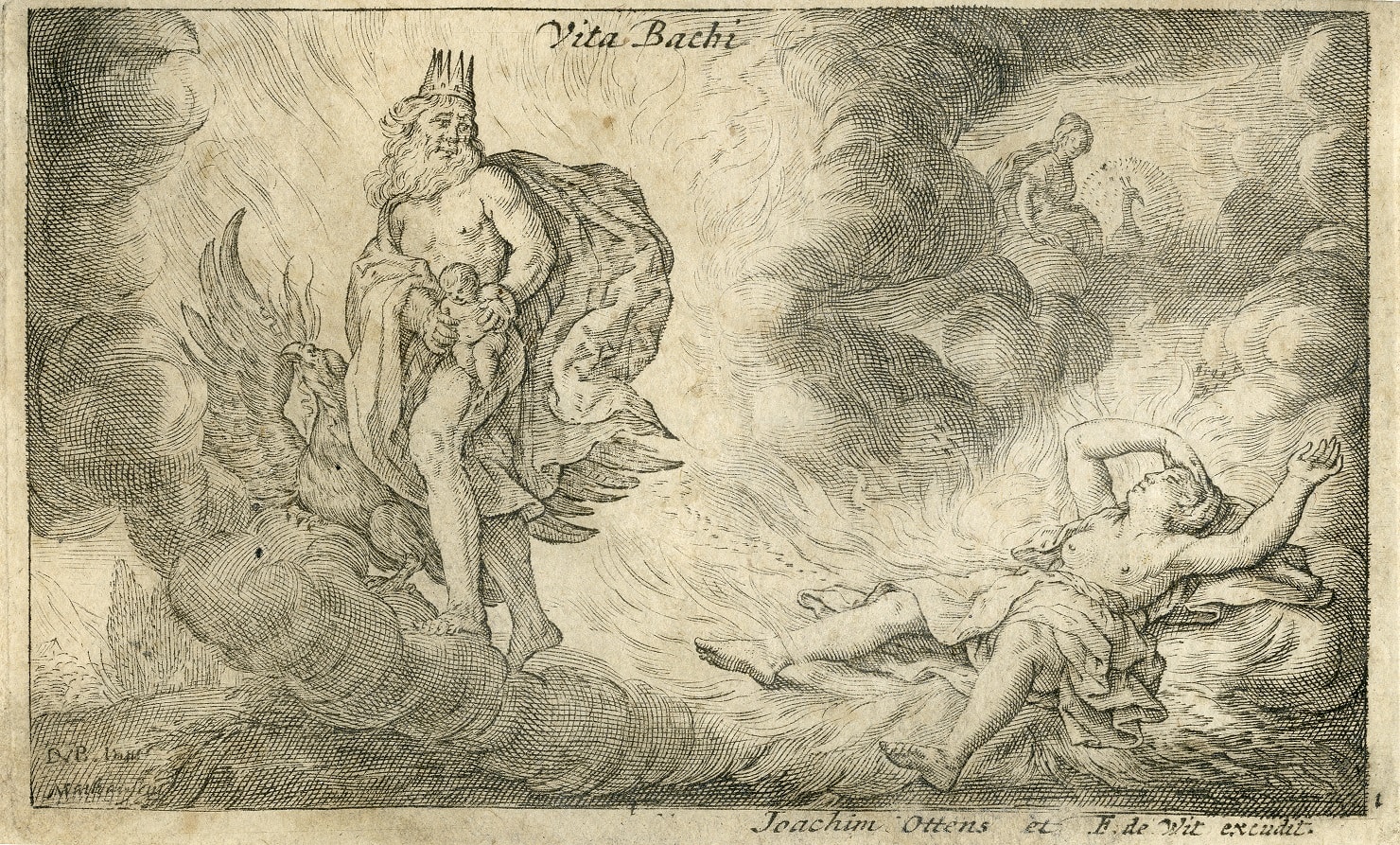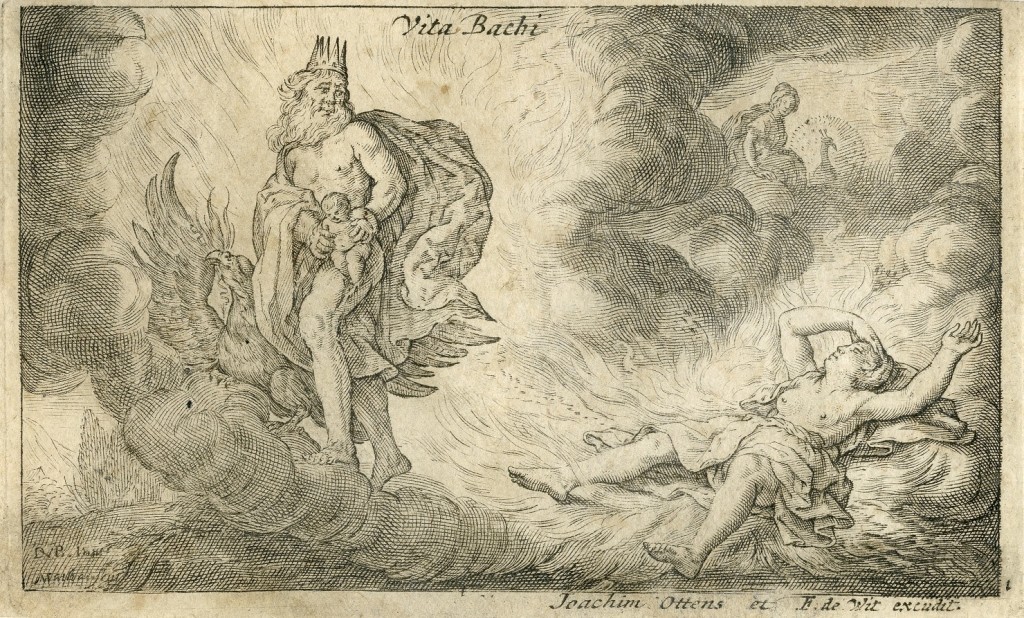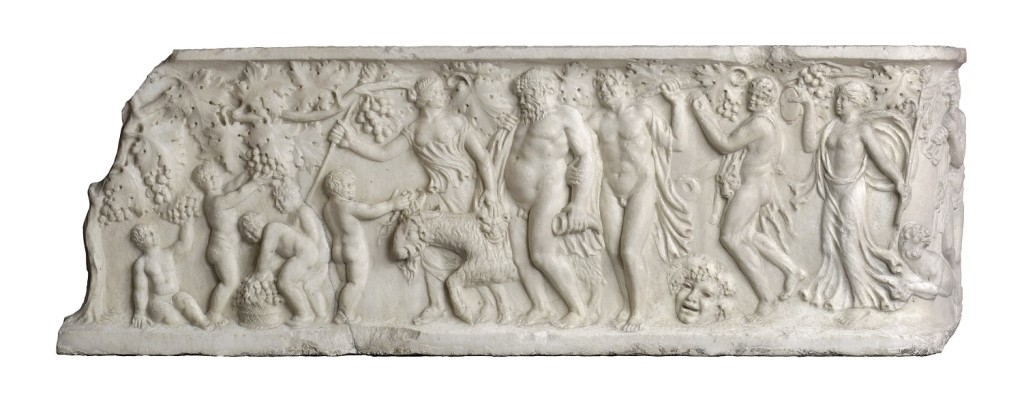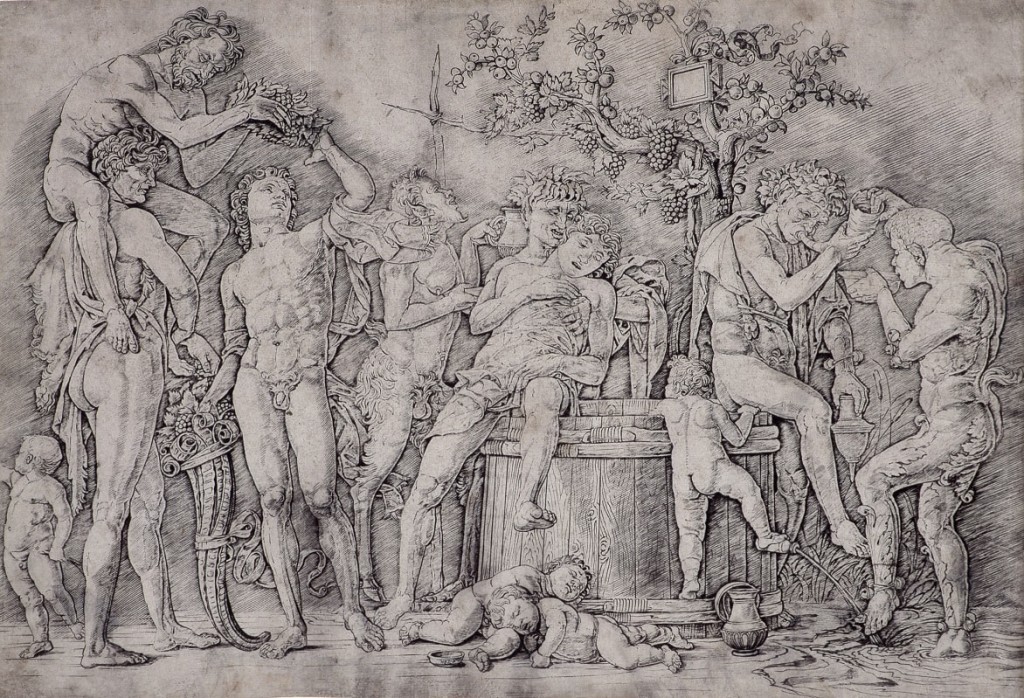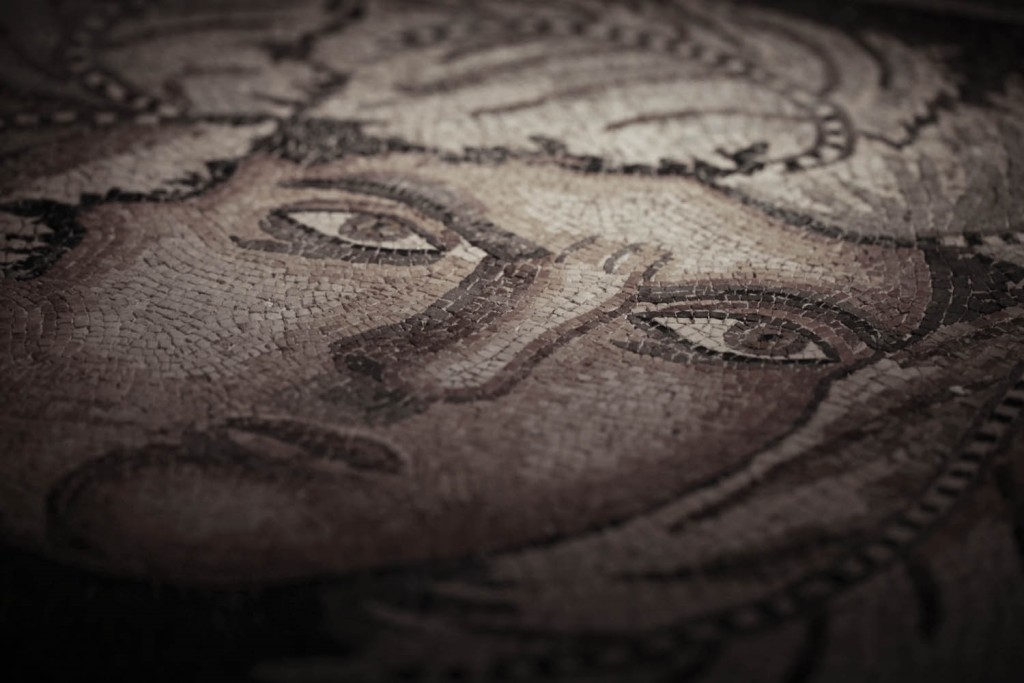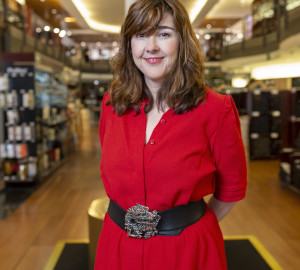Wine has been a key element in the culture of human beings practically since time immemorial. Some of the best examples of this The relationship between wine and man, which has lasted for more than 8,000 years, can be extracted from the worldviews of Ancient Rome and Ancient Greece. It was not in vain that the Romans, inspired by the religious tradition of the Greeks, imported the figure of Dionysus and Bacchus. Dionysus, the Greek god of wine, to adapt it to its Roman version: Bacchus. Dionysus and Bacchus are thus two sides of the same coin, two ways of representing a deity. A god of the vine and wine, but also of fertility, agriculture, music, theatre and the liberation of one's own personality through different initiation rites.
It is therefore easy to imagine the The influence that these gods had on their respective civilisations and, by extensionThe influence that these gods had on their respective civilisations and, by extension, on the lives of those who worshipped Bacchus and Dionysus is easy to imagine.
Dionysus: the origin of Bacchus
If there is one thing we must recognise about Roman civilisation, it is its ability to incorporate elements from other cultures into its own, which today allows us to learn much more about other ancient civilisations than if these references had been eliminated. This is the case of Bacchus and Dionysus. And the fact is that It is impossible to speak of Bacchus without mentioning Dionysus.the former is nothing more than the Romans' interpretation of the Greek deity.
According to Greek mythology, Dionysus was the son of the god Zeus and a mortal, Semele.. Zeus had a relationship with the woman by pretending to be a mere man and being unfaithful to Hera. The goddess, enraged by jealousy, posed as an old woman and convinced Semele to ask her mysterious lover to reveal his true identity during the sixth month of her pregnancy. Semele agreed and rejected Zeus when he refused to comply with her request. Zeus then revealed himself in the form of a thunderbolt, striking Semele and charring her.
From the ashes, Zeus managed to rescue the foetus of Dionysus and planted it on one of his thighs to allow it to complete its gestation. From this fact came the name Dionysus, which means "the twice-born". After his birth, Dionysus was given to Hermes, who entrusted his crianza to King Atamante of Orcomenos and Ino, his wife. He did so by asking the adoptive parents to raise him as a child, in order to protect Dionysus from the wrath of Hera. However, Hera discovered Hermes' plans and Zeus had to take Dionysus to Nisa (an unspecified location in Asia, close to Ethiopia, Libya or Arabia) where he was raised by the rain nymphs. A story that would explain why the Greeks considered Dionysus to be a god of foreign origin from somewhere far away.
In his adolescence, Dionysus discovered the vine and wine, but Hera made him lose his sanity through drunkenness as a form of revenge. Since then, Dionysus wandered around with a retinue of maenads, satyrs and sylenes in a frenzy and spread the cultivation of the vine.. He would later marry Ariadne and return triumphant to Olympus.
The cult of Bacchus in Rome: the bacchanals
The Romans developed the figure of Bacchus from the Dionysus of Greek culture and, quite possibly, through the passage of the myth through Etruscan culture. The cult of the god Bacchus, considered a mystical cult, revolved around the famous bacchanals, initiatory experiences in which participants transmitted the doctrine of the god through their experience and in which wine and debauchery were the order of the day.. These celebrations began to take place in Rome around 200 B.C. They were held in secret and only women took part in them. As time went by, men began to take part in the rite and the cult of Bacchus spread enormously, with bacchanals being held for up to 5 days each month. Popularity grew especially among women, the poor and slaves. The Senate tried to ban the bacchanals because of suspicions that crimes and conspiracies were being organised during the celebrations, but they were not very successful in this endeavour.
For the Romans Bacchus was a liberating god, which allowed them to disconnect from their normal state of consciousness, through music, ecstasy or wine. He was also the god of agriculture and fertility. A god reborn, he would bear many symbolic similarities to the later Christian figure of Jesus Christ.
The influence of Bacchus
The figure of Bacchus has been a source of inspiration for different artistic currents throughout the history of mankind. He is often depicted as a beautiful and androgynous young man, dressed in a fox or panther skin, carrying a thyrsus and surrounded by maenads and satyrs in ecstasy.
The representation of Bacchus and Dionysus was already recurrent in antiquity, but their influence on the art world has continued to the present day. Particularly noteworthy are the works produced from the Renaissance onwards, with works such as Caravaggio's two paintings in honour of the Roman god: Sick Bacchus (1593 – 1594) y Bacchus (1595 - 1597); the interpretation of the god by Leonardo Da Vinci with his Bacchus (1510 - 1515); or Michelangelo's first great sculptural masterpiece: Bacchus (1496 – 1497).
But the influence of this Roman god on art does not stop here. In the Museum Vivanco of Wine Culture we can contemplate more than 117 works related to Bacchus, the Roman god of wine. These include a mosaic of tesserae from the 2nd and 4th centuries AD depicting the face of the god with a crown of grape leaves; or an extensive collection of engravings narrating different episodes in the life of Bacchus, produced by different artists such as Giulio Romano, Francesco Bartolozzi, Jacob Matham, John Raphael Smith and Jan Pieterszoon Saenredam.
Bacchus is an inspiring figure, in turn inspired by the Greek god Dionysus. A recurring character in other civilisations and religions, adopting different forms and reflected in the Egyptian god Osiris, the Sumerian goddess Gestin, or the Jesus Christ of the Christian religion, whose blood represents the wine in the Eucharist. This is a demonstration of the importance wine has had for all these cultures throughout history and a key to understanding why it is so important for us.






